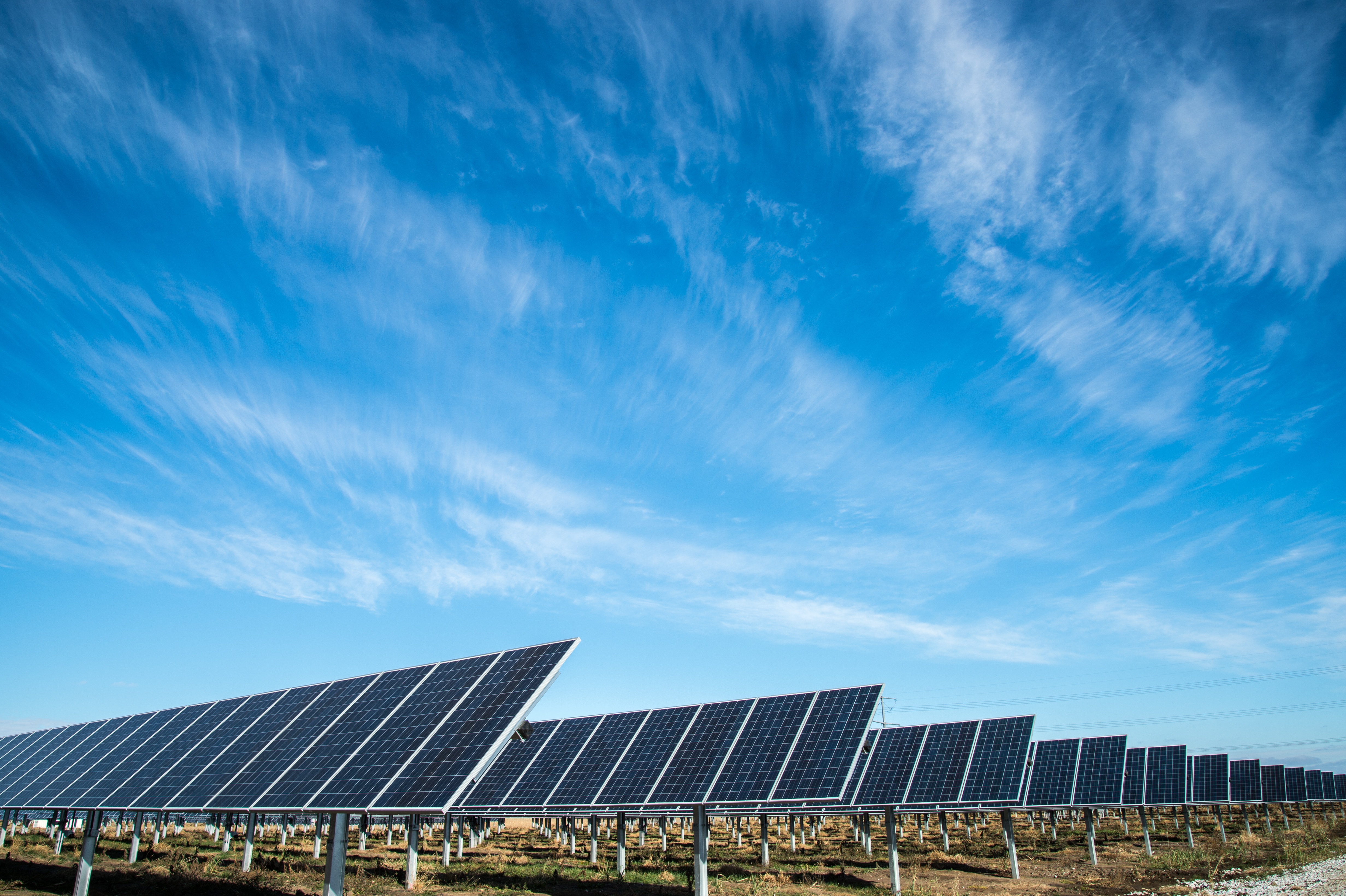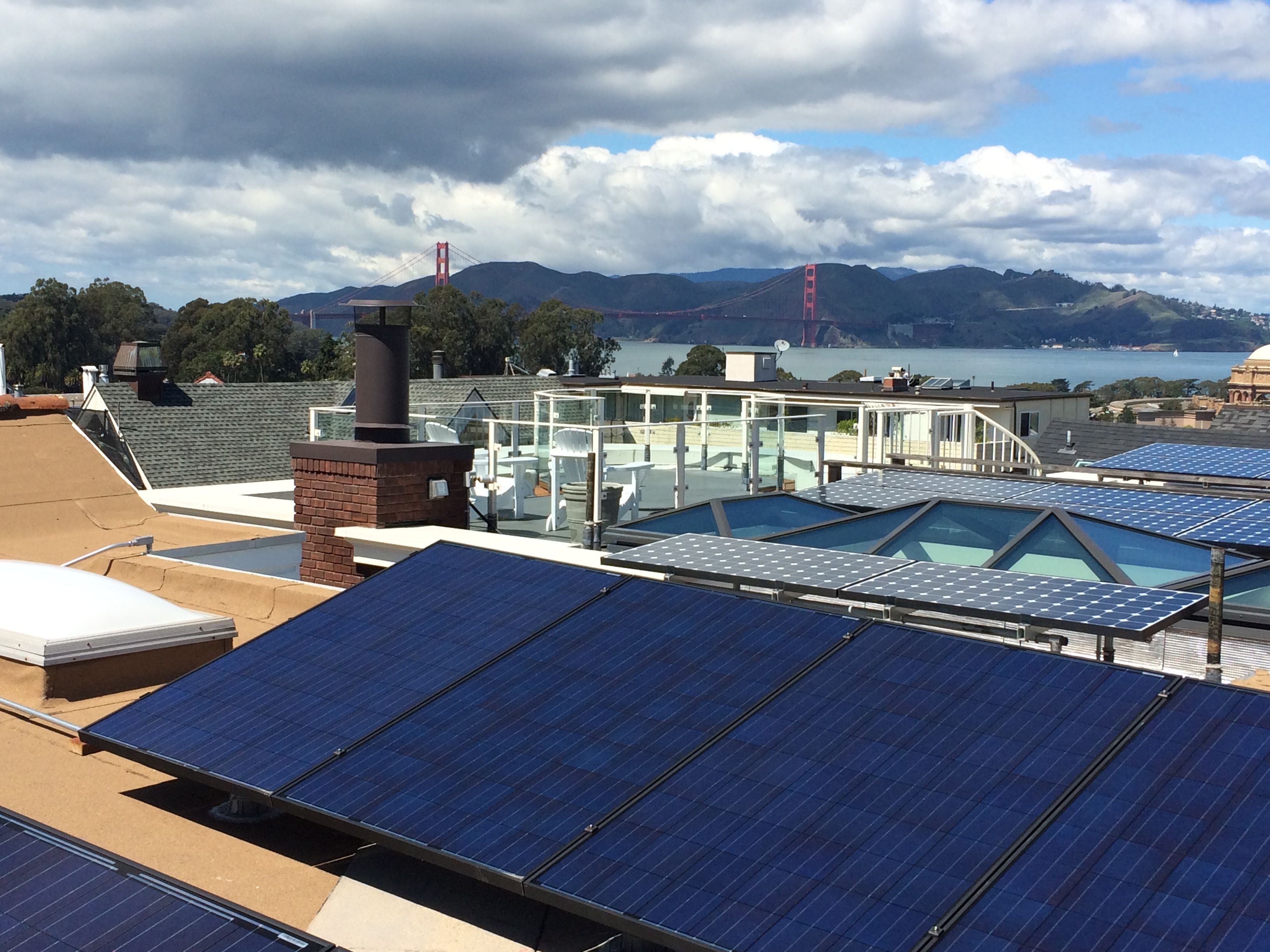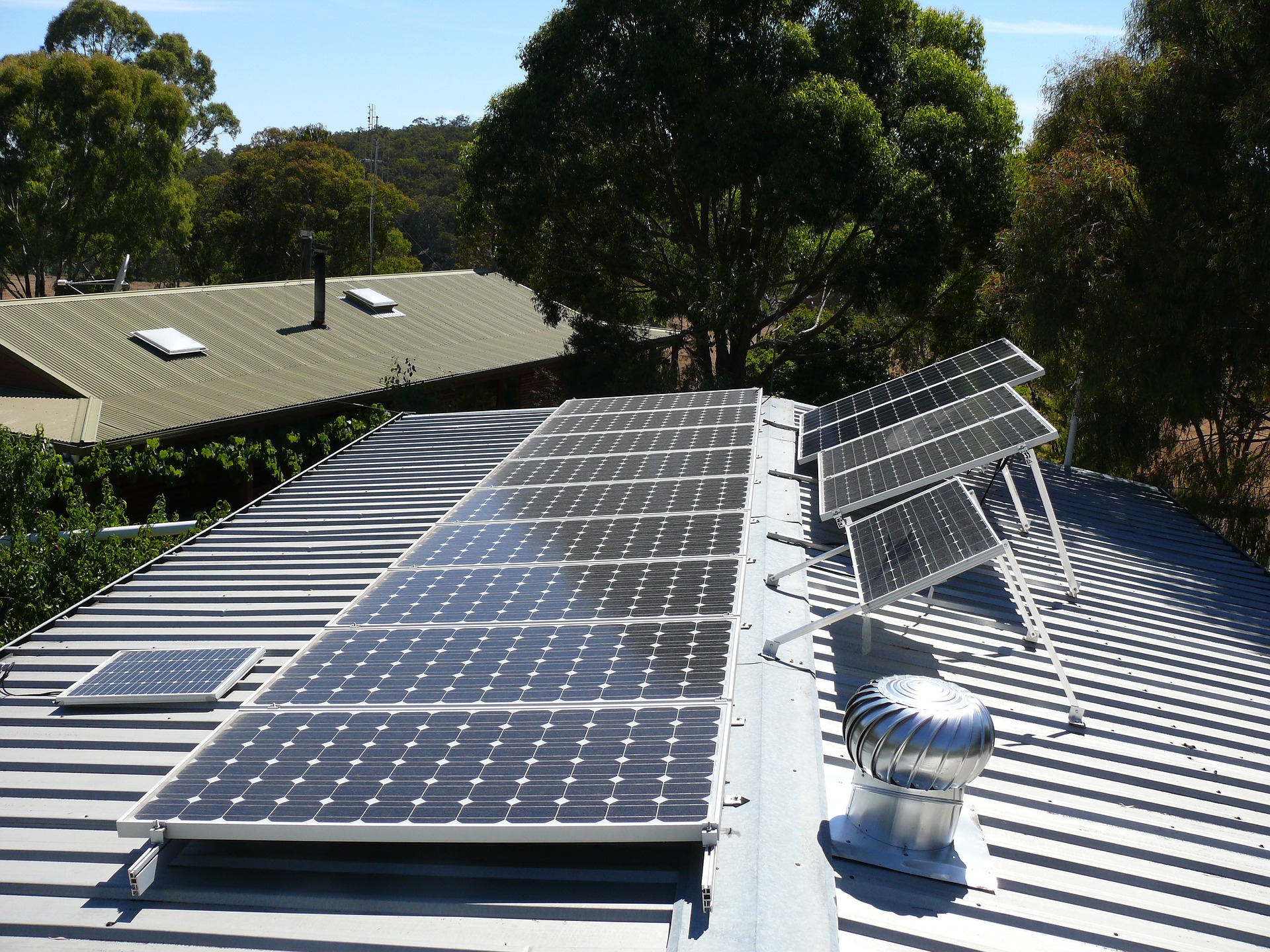The Future Of Rooftop Power Plants
Solar panel producers are gearing up production. Yes, they took notice when policymakers set targets for the production of clean energy. And they took thousands of orders when consumers were given incentives to install renewable energy systems.
Now, they are preparing to meet the demands that will come from California’s revised building codes. The 2019 Building Energy Efficiency Standards, which will go into effect in January 2020, will require solar panels for new single-family homes and low-rise apartment buildings that are built in California.
“The groundbreaking decision to make these new homes net-zero electricity, coupled with major savings from more efficient lighting required by the updated code for commercial buildings, will save Californians more than $1.7 billion in net energy savings over the next 30 years and reduce carbon pollution statewide by 1.4 million metric tons,” according to Pierre Delforge, a senior scientist with the Natural Resources Defense Council.
There will be a new look for new housing, though not every new homeowner will have to buy solar panels. The panels can be leased, or homeowners can get their energy from shared solar arrays.
The Sacramento Municipal Utility District, for example, says enrollment in its SolarShares program will be available to residential customers in 2020. “A community solar project is an agreement where an electric utility provides solar energy to a customer from arrays connected to the grid and in which the participant has all the rights to make the environmental and renewable claims from the power they use,” according to the District. “This allows the customer to avoid developing and maintaining their own on-site solar facilities.”

Solar panel utilize otherwise empty land to generate power, as seen here at a Lincoln Electric Systems solar farm. (Source: American Public Power Association)
An article in the Los Angeles Times by Jack Flemming describes the costs for photovoltaic systems, affordability concerns, potential savings, and what developers are doing to prepare for the solar power requirement.
“The nation’s largest home construction company, Lennar Corp., builds about 50,000 houses every year and has been preparing for this day as well. Five years ago, it created SunStreet Energy Group, which produces and maintains solar panel systems in homes for Lennar and a handful of other developers,” Flemming wrote. “While many solar panel systems are retrofitted after the home is built, SunStreet builds them into the fabric of the house during the construction process.”
California was not the only state to advance the clean energy cause in 2018. The Aurora Solar Blog tracks new policy developments in the industry, and published updates on about a dozen states.
“Actions by California, New Jersey, New York, and Washington state to commit to 100% renewable or carbon-free energy were especially noteworthy. Nevada also established an ambitious clean energy targets of 50%,” wrote Gwen Brown in the blog. “Additionally, Hawaii’s redesign of utility incentives provides a model for how utilities can benefit from solar growth. Virginia’s major utility took the first steps toward significant solar procurement in accordance with a new state law. Illinois, New York, and Massachusetts updated their solar incentive programs and Maryland offered grant funding for solar-plus-storage projects to improve resilience.”
IMS has covered hundreds of projects related to solar power, clean energy, and zero-net energy buildings. The 2018 policy changes and mandates will have an impact for housing developers, energy engineers, designers of solar farms, plan examiners, and utility engineers.
IMS will continue to cover a range of these public-sector projects for the A/E/C industry via in-depth research, daily project leads from RFPs and RFQs, and Advanced Notice information on upcoming opportunities. Some recent projects that IMS has covered for its clients include:
* The Georgia Environmental Finance Authority released an RFP in November 2018 for a consultant to provide training for code officials, engineers, architects, building inspectors, and builders on the energy requirements in the Georgia Energy Code that goes into effect January 1, 2020 (IMS 449498).
* The University of Oregon issued an RFP in September 2018 for a consultant to perform energy analyses for the Housing Building Replacement Project to determine whether it would meet the University’s advanced energy threshold of 25% above the current state energy code (IMS 441715).
* The State of California, Energy Commission, released an RFQ in August 2018 for a consultant to provide technical support for compliance and performance tools for the California Energy Code (IMS 439226).

California’s pursuit of 100% renewable or carbon-free energy will be assisted by having rooftop solar panels a requirement of new building codes. (Source: Go Solar California/Skytech Solar)
* In Colorado, the City of Boulder issued an RFP in June 2018 for a consultant to provide assistance with developing an increasingly stringent version of commercial and residential energy codes (IMS 429542).
* The New York State Energy Research and Development Authority released an RFQ in March 2018 for consultants to provide design and support services for innovative energy efficiency and clean energy market development programs, such as net-zero energy and carbon-based energy codes, and net-zero energy design and construction (IMS 420529).
* Peninsula Clean Energy, in San Mateo and Santa Clara Counties, Calif., released an RFP in November 2018 to develop model building reach codes for member municipalities to address electric vehicle infrastructure and building electrification needs (IMS 450465).
* IMS published an Advance Notice and the subsequent RFP in October 2018 for the City of Berkeley to develop a Pathways to Clean Energy Buildings Report focused on the existing building stock. The project included evaluating the Building Energy Savings Ordinance and identifying programs and policies to transition to 100% clean energy (IMS 440662-1).

The addition of solar panels to residential rooftops assist in moving communities closer to their renewable energy goals.
It will be interesting to track the uptick in solar panel installations. And a team at Stanford University has created a machine learning program named DeepSolar that is capable of doing just that. The program recently analyzed satellite images to identify nearly every solar power asset in the 48 contiguous United States.
“The analysis found 1.47 million installations, which is a much higher figure than either of the two widely recognized estimates,” according to Stanford University. “The scientists also integrated U.S. Census and other data with their solar catalog to identify factors leading to solar power adoption.”
According to the group Environment America, the country is “still not even close to reaching our solar potential.”
“At this point, any new home or building constructed without solar power is a missed opportunity to capture clean energy from the sun and move California to a 100 percent clean energy future,” said Michelle Kinman, Clean Energy and Transportation Program Director for the Environment California Research & Policy Center.

